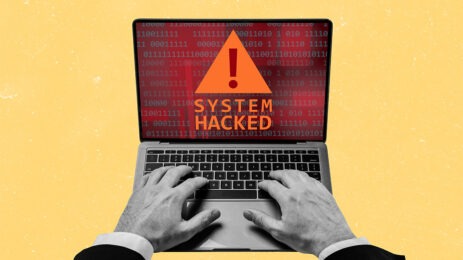Gamification can enhance participants’ experience of meetings and events, but things can go terribly wrong without engaging content and well-planned strategy. Here is an eight-step guide to improving gamification this year.
1. First, ask yourself, “Why am I using gamification?”
This is an all-important initial step (hence, the length of this description), because if you aren’t clear on your objectives, you and your attendee “players” won’t receive clear benefits. Develop a thorough understanding of what you and your players want. Most of them may be personally focused, and want to expand their social network or education. Or, they may be more group-oriented, and want to boost team building and loyalty. If your group consists of both types, create a game that can help both to achieve their objectives.
2. Realize the potential and limitations of what you can provide, and then begin creating a plan.
Don’t hesitate to be ambitious, but be realistic, as well. Both shooting too low and shooting too high will deprive you and your attendees of maximum benefits.
3. Choose a game that appeals to all—or, to be realistic, nearly all—of your attendees.
Pick a game that is interesting to everyone, and does not require technology and technological skills that some of them may not have.
4. It’s a game, so make it fun.
Don’t lose sight of the fact that players are expecting the game to be highly entertaining and enjoyable. Ideally, it will achieve some serious objectives, but keep it light.
5. Make the game interesting, but simple.
It will be most enjoyable if it piques players’ attention without them having to struggle to learn the rules or grasp what the game is all about.
6. Create engaging elements.
For example, badges, trophies and leader boards can be used to reward players, and storytelling can inspire and entertain them.
7. Use multiple means to measure the game’s success.
Yes, the post-event ROI report and other metrics are vital, but also spend time personally observing participants and chatting with some of them face to face. These, too, are excellent ways of gauging the game’s success, and sometimes reveal important insights that don’t show up in metrics.
8. Learn from your experiences.
Most any gamification effort will have both successes and disappointments. Look closely at both, and the reasons for them. This will help to create more enjoyable, productive gamification for you and your attendees in the future. This way you can improve your efforts, while your guests develop essential skills that can be applied in their personal and professional lives.




